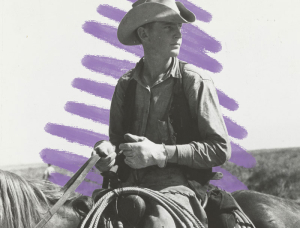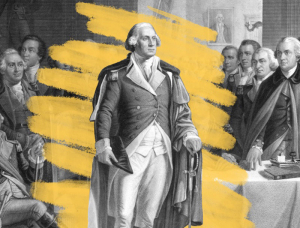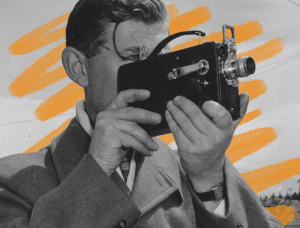Harriet Tubman had brain surgery without anesthesia.
Harriet Tubman’s life was remarkable, but it certainly wasn’t easy. Born into slavery as Araminta Ross, the future Underground Railroad conductor escaped the plantation in rural Maryland where she spent the first 27 years of her life, and adopted her mother’s first name along with her first husband’s last name.
A watershed moment occurred in her childhood when an overseer threw a heavy metal weight at her after she refused to restrain a field hand who was attempting to escape the plantation. The effects of that injury lasted the rest of her life: headaches, seizures, difficulty sleeping, and visions that she believed came from God. To alleviate these symptoms, she underwent brain surgery late in life. Rather than receive anesthesia, she did something she’d seen Union soldiers do during the Civil War: bite down on a bullet and bear the pain.
The procedure wasn’t exactly planned in advance. While in Boston sometime in the late 1890s, Tubman “saw a great big building,” she recalled later, and upon learning it was a hospital, she simply walked inside and asked a doctor to “cut my head open.” Tubman’s account of the procedure is nothing if not vivid: “I just lay down like a lamb before a slaughter and he sawed open my skull, and raised it up, and now it feels more comfortable… it hurt, of course; but I got up and put on my bonnet and started to walk home.”







